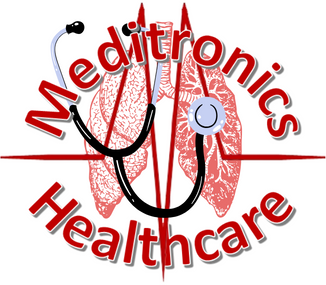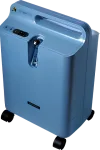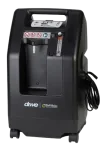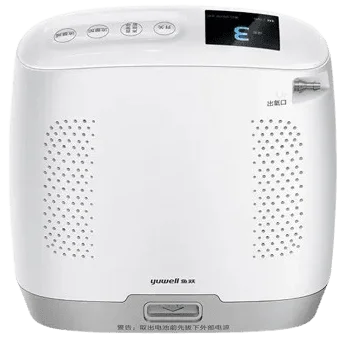Oxygen Concentrators
An oxygen concentrators is a medical device that provides supplemental oxygen to individuals with breathing difficulties or chronic respiratory conditions. Unlike oxygen cylinders, which store compressed oxygen, an oxygen concentrator draws in surrounding air, filters it, and delivers oxygen in a purified and concentrated form.
This makes it a safe, cost-effective, and sustainable solution for long-term oxygen therapy. It is widely used in hospitals, clinics, and at home to help patients maintain healthy oxygen levels and support overall respiratory care.
To rent or purchase, please dial +91 63096 57730
What is Oxygen Concentrator?
An oxygen concentrator is a specialized medical device that generates oxygen on demand from ambient air. Instead of relying on stored gas like oxygen cylinders, it used advanced filtration and separation technology to remove nitrogen and other gases, delivering a continuous flow of concentrated oxygen to the patient.
Because of their ability to provide uninterrupted oxygen therapy with minimal maintenance, concentrators play a vital role in modern respiratory care. They are commonly prescribed by doctors for patients who require supplemental oxygen at home or in clinical settings. With user-friendly designs, built-in safety features, and long-term reliability, oxygen concentrators have become the preferred choice for both healthcare professionals and patients worldwide.
How Does an Oxygen Concentrator Work?
Oxygen concentrators work by using a simple yet powerful technology:
- Air Intake – The concentrator draws in room air, which typically contains 21% oxygen, 78% nitrogen, and trace gases.
- Filtration – Dust and impurities are removed through filters.
- Separation Process – Using a technology called Pressure Swing Adsorption (PSA), the device separates nitrogen from the air. Special filters called molecular sieves trap nitrogen, leaving behind concentrated oxygen.
- Delivery – The purified oxygen (90 – 95%) concentration) is then supplied to the user through a nasal cannula, mask, or tubing at a prescribed flow rate.
This continuous supply ensures patients receive the right amount of oxygen without interruptions.
Educational Video
🙏 Thank you for watching!
We hope you like the content covered for Oxygen Concentrator.
Better Breathe... Sound Sleep!
📚 Explore Other Therapy Devices
Key Features:
Modern oxygen concentrators are designed for safety, comfort, and convenience. Common features include:
- High Oxygen Purity: Consistently delivers 90 – 95% pure oxygen.
- Flow Rate Options: Adjustable flow (1 – 10 liters per minute depending on model).
- User-Friendly Interface: Digital display with indicators for oxygen level, power, and alarms.
- Portability: Available in both stationary home models and lightweight portable versions for mobility.
- Low Noise Operation: Quiet functioning ensures restful sleep.
- Built-in Alarms: Alerts for low oxygen purity, power failure, or low pressure.
- Energy Efficiency: Designed for continuous use with minimal electricity consumption.
Benefits of Using:
Choosing an oxygen concentrator offers several advantages:
- Cost-Effective: No need to buy and refill oxygen cylinders repeatedly.
- Safe: Eliminates risks associated with handling heavy oxygen tanks.
- Convenient for Home Use: Compact size, easy operation, and 24/7 oxygen supply.
- Improves Quality of Life: Supports better sleep, increased energy, and reduced breathlessness.
- Mobility Options: Portable models allow patients to travel, socialize, and remain independent.
- Environmental Friendly: Concentrators generate oxygen from ambient air, reducing waste.
Who Needs an Oxygen Concentrator?
Oxygen concentrators are prescribed by doctors for patients with medical conditions that cause low oxygen levels in the blood, including:
- Chronic Obstructive Pulmonary Disease (COPD)
- Asthma
- Pulmonary Fibrosis
- Pneumonia or Respiratory Infections
- Sleep Apnea & Sleep Disorders (in some cases)
- COVID-19 recovery or Post-COVID complications
- Heart Failure affecting oxygen saturation
It is important to consult a physician before starting oxygen therapy. The flow rate and duration must always be prescribed by a healthcare professional.
How to Use an Oxygen Concentrator?
Using an oxygen concentrator is simple. Here’s a step-by-step guide:
- Place the concentrator in a well-ventilated space, away from walls or curtains.
- Plug the device into a power source.
- Attach the oxygen tubing and nasal cannula or mask.
- Fill the humidifier bottle with distilled water if prescribed (to prevent dryness).
- Turn on the concentrator and adjust the flow rate as directed by your doctor.
- Place the cannula prongs into your nose or war the mask comfortably.
- Breathe normally while the device supplies oxygen.
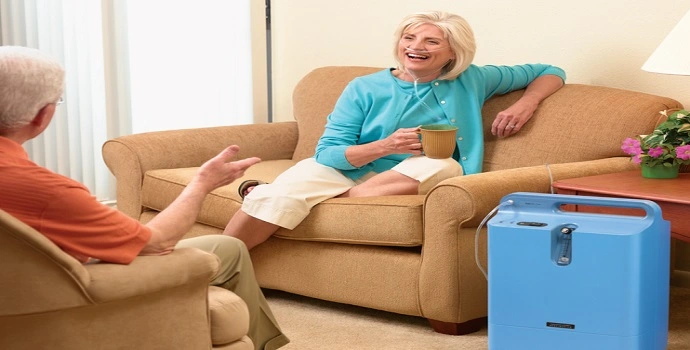

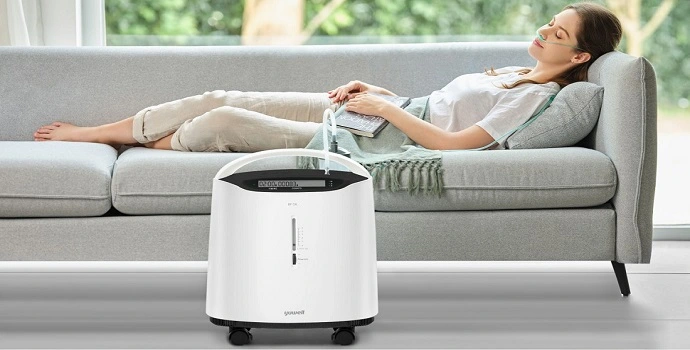

Tips for Usage & Maintenance:
To ensure safe and effective use of an oxygen concentrator, follow these tips:
- Regular Cleaning: Wash the nasal cannula/mask and humidifier bottle daily with mild soap.
- Filter Maintenance: Clean or replace air filters as per manufacturer’s guidelines.
- Keep Away from Flames: Do not use near smoking areas or open flames.
- Adequate Ventilation: Ensure at least 1 – 2 feet of clearance around the device for airflow.
- Power Backup: Use an inverter or UPS in areas with frequent power cuts.
- Professional Servicing: Get the machine checked regularly by authorized service providers.
- Avoid Overuse: Never change flow settings without medical advice.
Conclusion:
An oxygen concentrator is a life-saving device that ensures patients with respiratory conditions get a steady, safe, and affordable supply of oxygen. Whether used at home or in medical settings, these devices improve quality of life and provide independence to individuals in need of long-term oxygen therapy.
At Meditronics Healthcare, we offer a wide range of CPAP, BiPAP, and Oxygen Concentrators to support your breathing needs. Our goal is to help you achieve Better Breathe . . . Sound Sleep!
Frequently Asked Questions (FAQ)
Is an oxygen concentrator the same as oxygen cylinder?
No. Oxygen concentrators generate oxygen from room air, while cylinders store compressed oxygen that needs frequent refilling.
Is an oxygen concentrator better than oxygen cylinders?
Yes, it’s safer, more cost-effective, and offers unlimited supply, but it requires electricity.
Can I use an oxygen concentrator without a prescription?
No. Oxygen therapy must be prescribed by a healthcare professional based on your oxygen saturation levels.
Can I travel with a concentrator?
Portable models are available and allowed on flights (check airline policies).
Are portable oxygen concentrators suitable for travel?
Yes. Portable models are lightweight battery-operated, and approved for air travel by many airlines.
How long can an oxygen concentrator run?
Lorem ipsum dolor sit amet, consectetur adipiscing elit. Ut elit tellus, luctus nec ullamcorper mattis, pulvinar dapibus leo.
What flow rate is best for me?
Flow rate requirements vary by condition. Always follow your doctor’s prescription.
Is it noisy to use at night?
Most modern concentrators operate quietly (below 45 dB), making them suitable for sleep.
How many hours a day can I use an oxygen concentrator?
They are designed for continuous 247 use, depending on medical advice.
